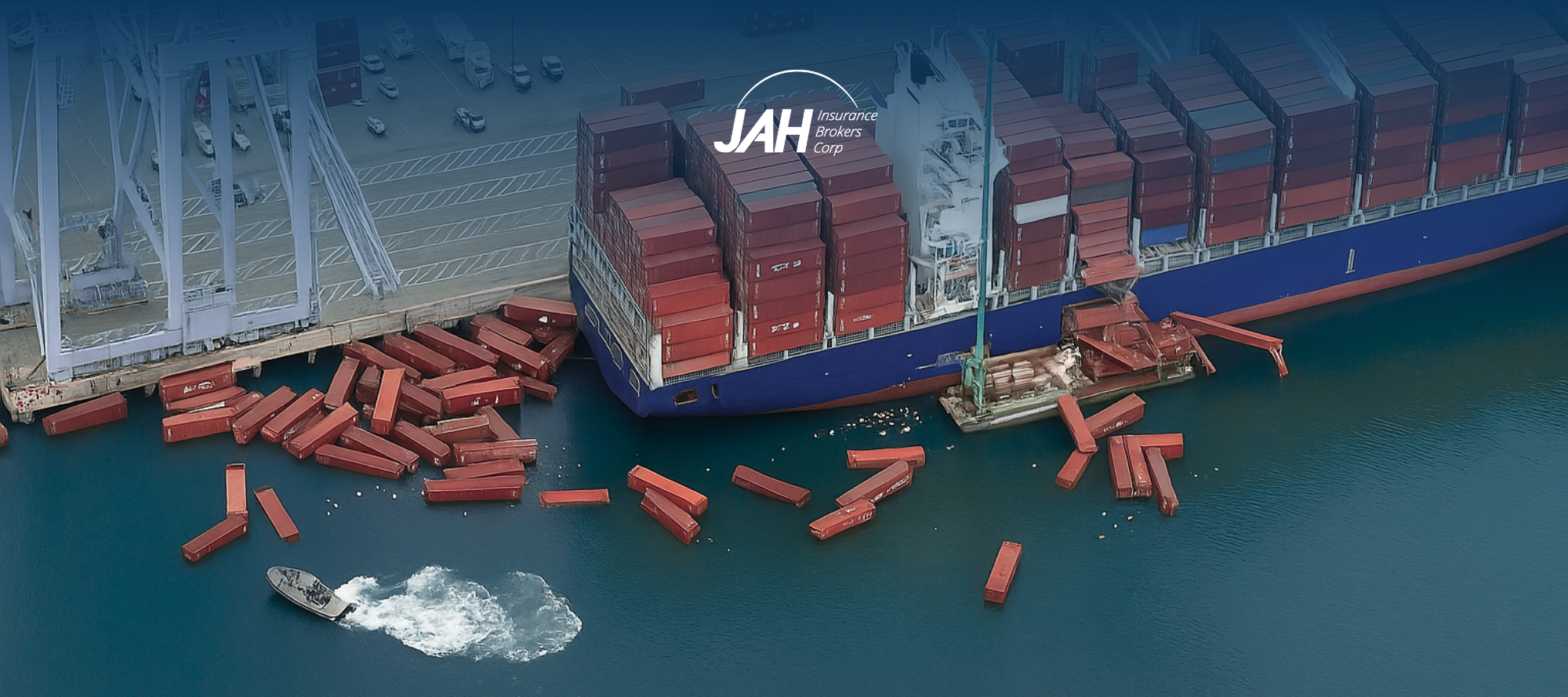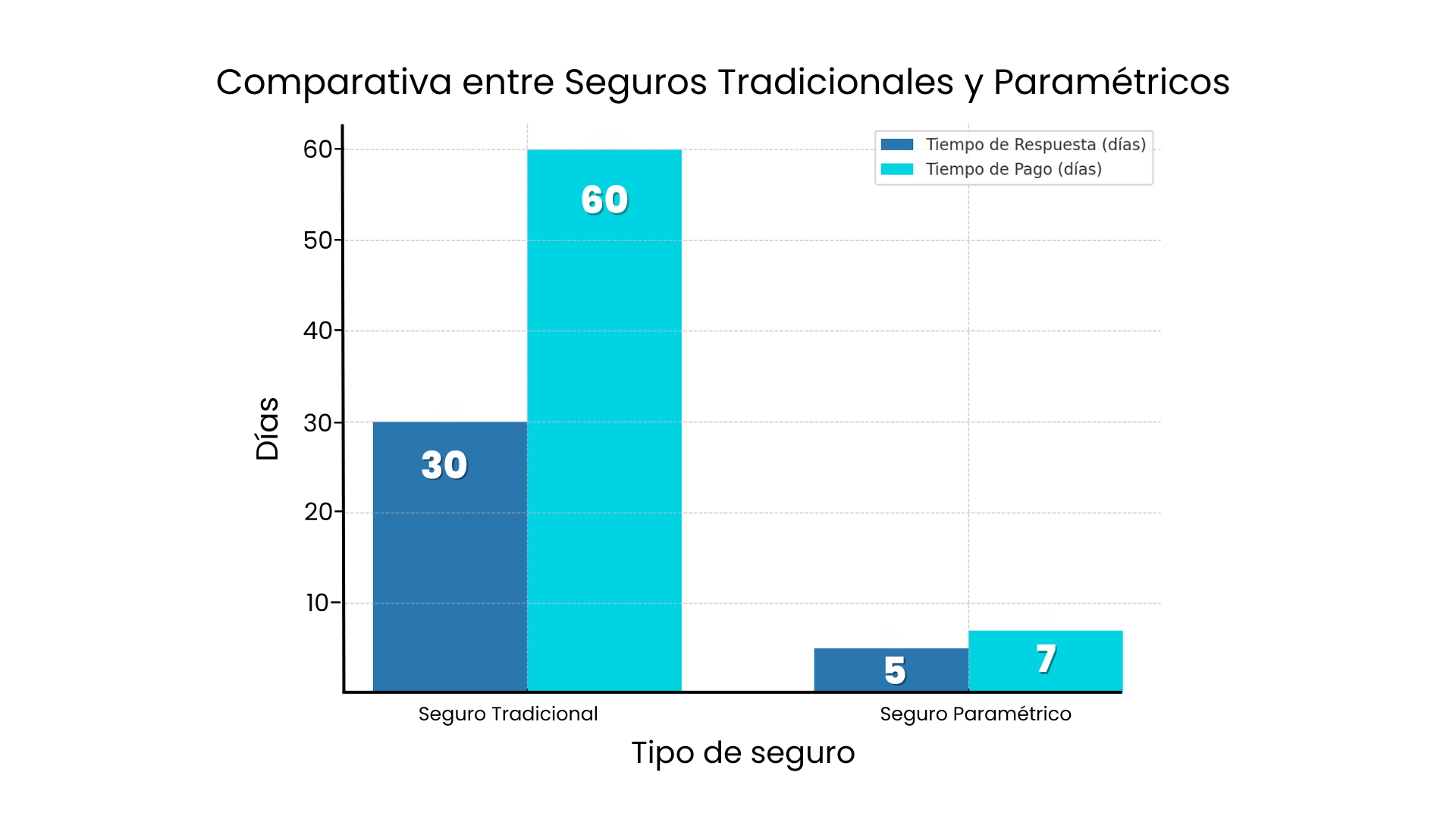Long Beach Container Collapse: Causes and Prevention

The morning of September 9, 2025 left a scene that went around the world: nearly 70 containers collapsed from a container ship at the Port of Long Beach (California) and ended up in the water. There were no injuries, but the image of collapsed stacks and drifting containers once again set off alarm bells about safe stowage, dockside procedures, and operational continuity at one of the most critical nodes of global trade. For exporters, importers and logistics operators in Latin America and Europe, the message is clear: prevention is not a cost; it is a business policy.
What we know about the incident
-
The incident occurred shortly before 9:00 a.m. on September 9, when multiple containers fell from the vessel Mississippi, berthed at Pier G of the Port of Long Beach. Authorities estimated ~67 containers in the water and no injuries were reported.
-
Several units impacted an emission control barge (STAX 2) attached to the side of the vessel. The terminal temporarily halted operations to secure the area.
-
The Mississippi sails under the flag of Portugal and had arrived from Yantian (Shenzhen, China); a unified command was formed for the response and investigation of the cause.
Information up to the closing of this edition
Why did it happen (hypothesis under investigation)?
Authorities are still investigating. However, preliminary sectorial reports point to a sudden heeling at the dock (listing), possibly linked to ballast and/or to the sequence of deballasting and removal of fasteners in preparation for the operation, which would have destabilized the stacks. We emphasize: there is no official confirmed cause; these are initial technical hypotheses. WorldCargo News
Typical factors to evaluate in such cases (not confirmed for this event):
-
Lashing/unlashing sequence and stowage plan (heavy loads up/down, distribution by bay).
-
Ballast management during dock maneuvers and metacenter/stability condition.
-
Declared weight (VGM) vs. actual, consolidation and packing.
-
Equipment condition (twistlocks, spreaders) and terminal-ship coordination.
Operational and environmental impact
The temporary cessation of operations at Pier G had immediate repercussions on berthing windows and loading/unloading sequencing, causing rescheduling and delays that impacted port efficiency. As the Coast Guard and port authorities worked to secure the area and recover containers, stringent security perimeters were put in place to minimize risks to shipping and safeguard the integrity of critical infrastructure. Images of the incident showed dozens of floating units, as seen in the video published by ABC7 News, some with notable structural damage and others deformed on deck, showing the true extent of the incident.
In addition, specialized teams assessed possible contamination risks, derived from both hazardous substances and packaging materials dispersed in the water, and inspected possible damage to auxiliary infrastructure (barges, port equipment and adjacent docks). In this scenario, the top priority was to ensure the safety of personnel, implementing strict containment protocols and coordinated procedures for container removal. Joint actions included technical inspection of recovered units, segregation of sensitive cargo, and an environmental response in accordance with international standards to mitigate the operational and environmental effects of the incident.
Lessons for the industry (applied risk management)
- Stowage and lashing: reinforce audits of stowage plans, maximum pile loads and dock unlashing protocols; document photographic evidence of atypical conditions (e.g., observable heel).
- Weight and packaging (VGM): validate VGM and critical packaging (pallet reinforcement, blocking & bracing) for dense or eccentric cargoes.
- Vessel-terminal interfaces: simulate ballast sequences during work windows; checklist stability conditions prior to restraint removal.
- Routing and scheduling: anticipate delays for investigations and salvage; activate supply chain contingencies (safety stock, port alternatives).
- Data and monitoring: incorporate sensors (opening/impact/temperature) and container telemetry for post-incident traceability and claims improvement.
The role of insurance in a container collapse event
A dock incident can trigger multiple claim fronts:
-
Cargo insurance (shipper/consignee): total loss, damage, wetting, cross-contamination, salvage costs and mitigation expenses.
-
Carrier's liability (Carrier / P&I): damage to third parties (e.g., barges / port equipment) and cleanup costs.
-
Operational interruption: delays, roll-overs and extraordinary costs (storage, demurrage/detention).
From JAH Insurance Brokers, our recommendation is to pre-audit coverages (ICC A/B/C or equivalent), deductibles, exclusions (insufficient packaging, own defect) and clauses for salvage expenses and protective measures, in addition to evidentiary protocols (survey, chain of custody, digital traces) to accelerate indemnities.
Practical checklist for exporters, importers and forwarders.
-
Before shipment:
-
Verify VGM and packaging specifications; retain evidence.
-
Require stowage plan/carrier lashing policies (when applicable via contract).
-
Review cargo policy: limits, deductibles, salvage and sue & labor coverages.
-
-
During operation:
-
Secure documentation (B/L, packing lists, pre-door closing photos).
-
Monitoring (sensors/IoT) for sensitive cargo.
-
-
If incident occurs:
-
Notify insurer and broker immediately.
-
Do not discard evidence (packaging, seals, data loggers); request survey.
-
Document delays and costs (storage, diversions) to support claims.
-
The Long Beach event is a reminder that logistics security does not depend on a single piece: it is the coordinated sum of procedures, technology, preventive culture and well-structured insurance. High-profile incidents can occur even in ports with world-class standards, so managing risk is as strategic as selling or producing.
At JAH Insurance Brokers we are here to anticipate, mitigate and transfer those risks, accompanying our clients with technical advice, coverage design and claims support. Shielding logistics is shielding the future.
Sources and recommended reading
-
Associated Press: preliminary official report (67 containers, no injuries, Pier G; vessel Mississippi; arrival from Yantian). AP News
-
ABC News / KABC: chronology, aerial images, operational effects at Pier G. ABC NewsCBSNews
-
Los Angeles Times: local coverage, terminal confirmation and status of investigation. Los Angeles Times
-
Port of Long Beach: Unified Command and coordinated response (official release). polb.com
-
Seatrade Maritime / WorldCargoNews: sectoral notes on listing and possible ballast connection (preliminary hypothesis, not official). seatrade-maritime.comWorldCargoNews


